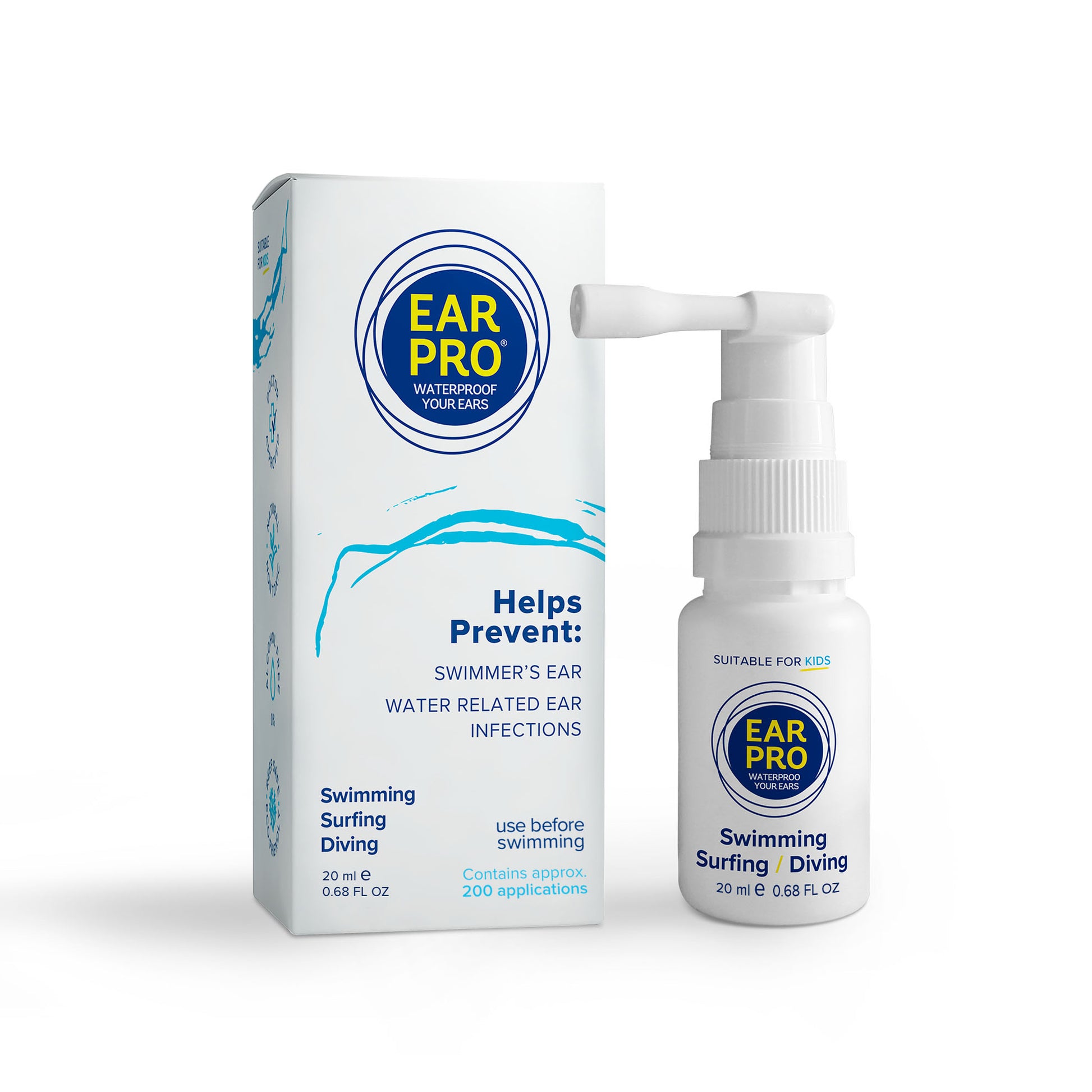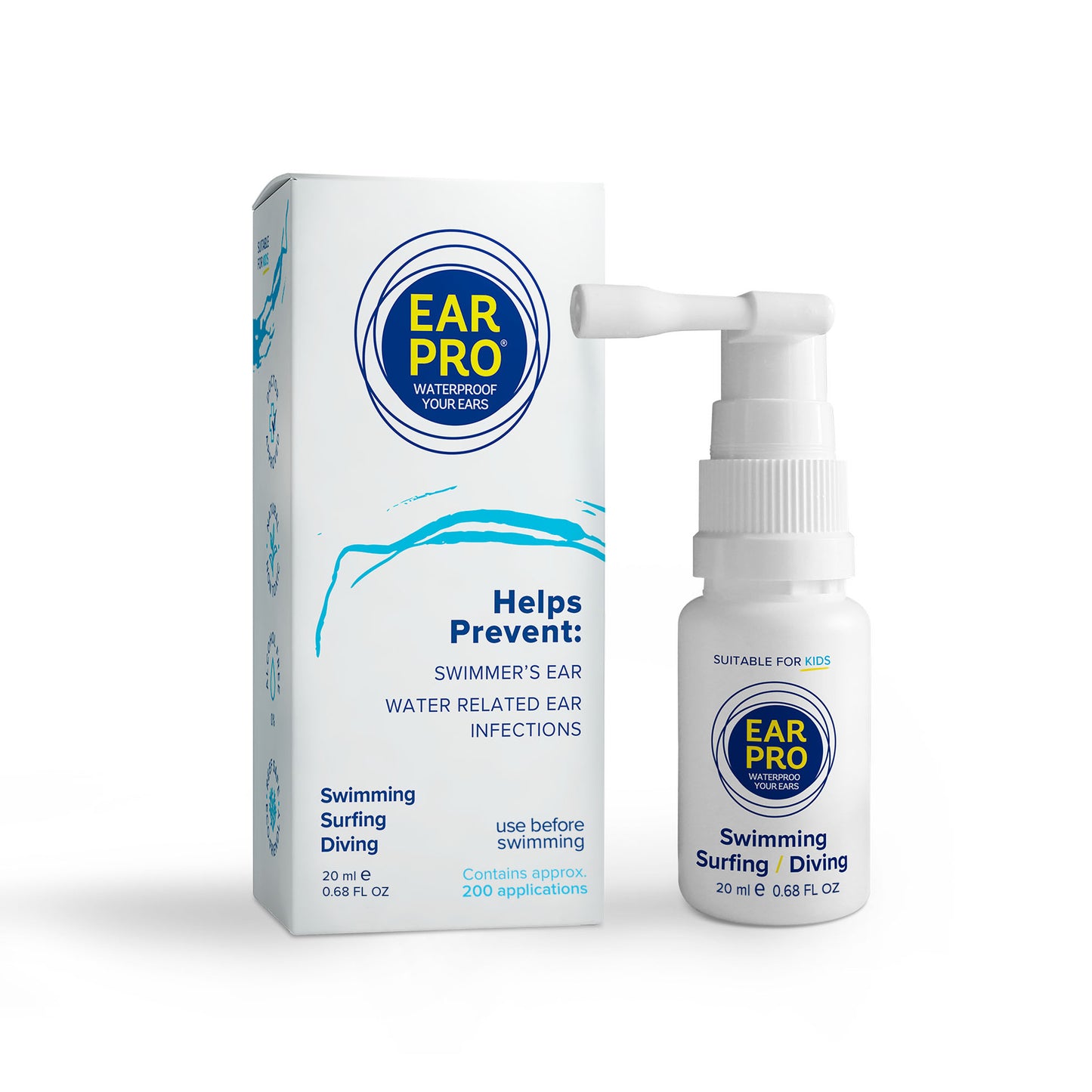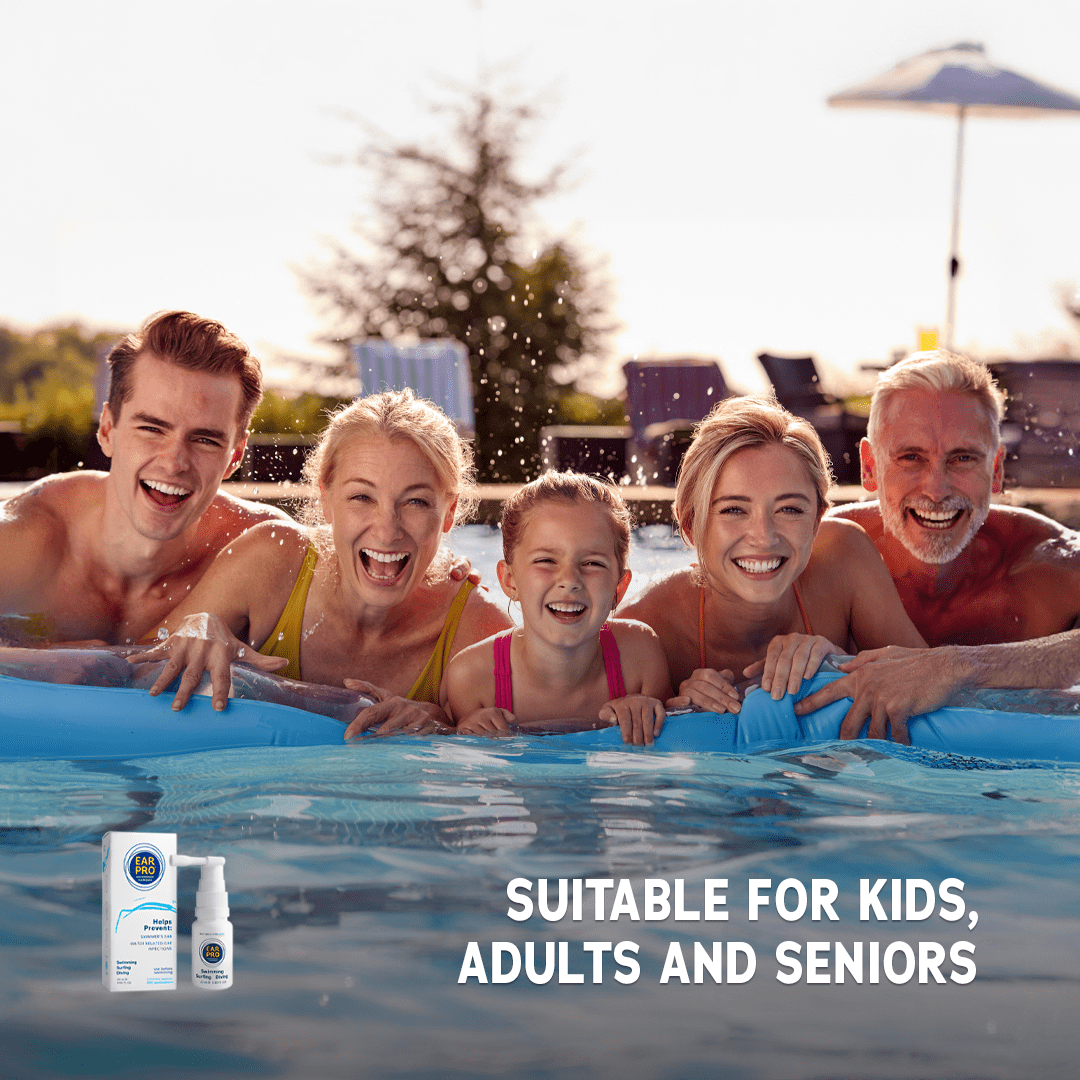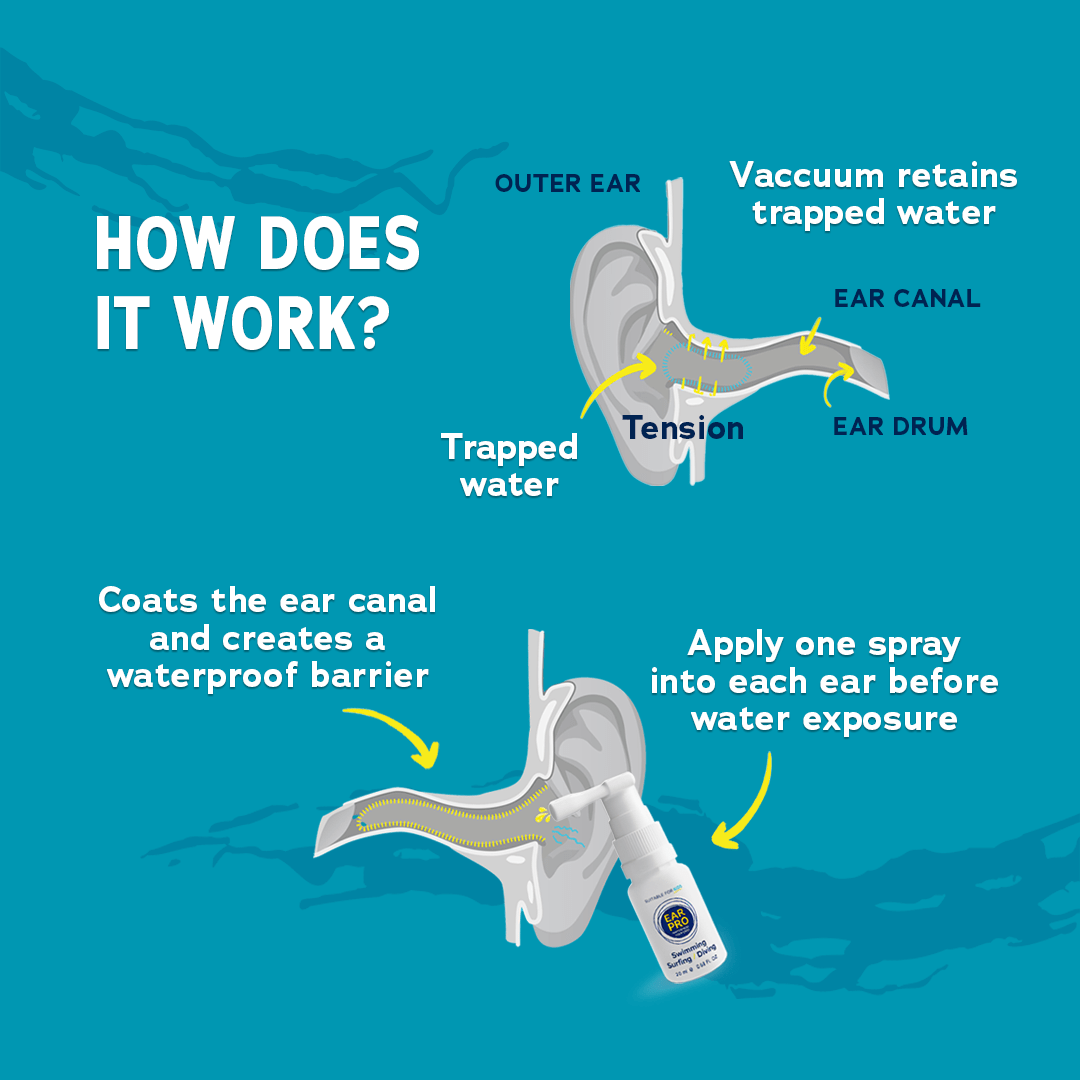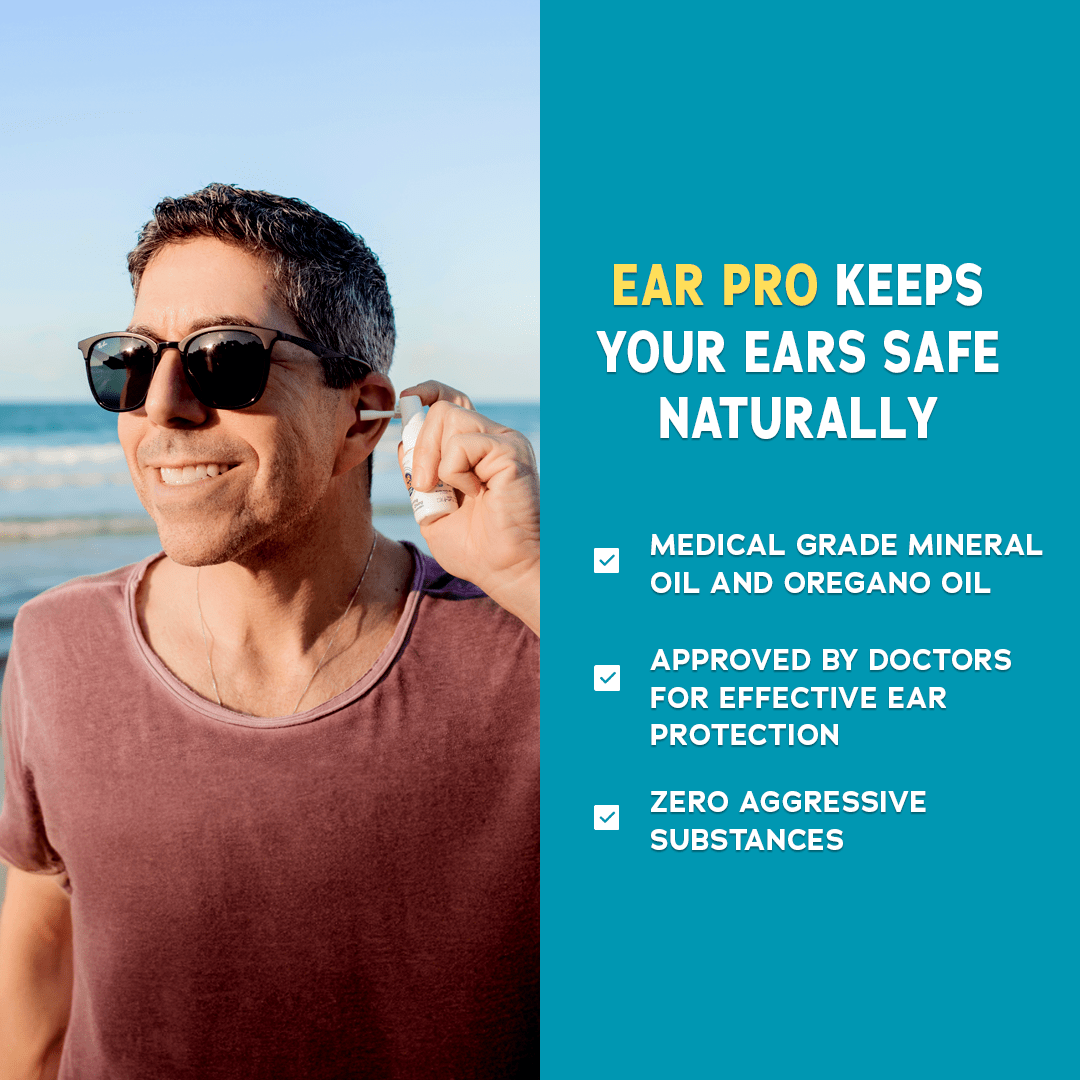The word “prevent” has its roots in Latin with the verb praevenire and its past participle praeventus. The literal meaning is to “come before”. In its English form it was first seen in the 1500’s as preventen which means “act in anticipation of another -or- act sooner or more quickly than another”
Especially just this side of the covid pandemic, prevention is on the minds of many. Not only preventing future pandemics but also regarding general health concerns.
Sun cream is probably the most widely accepted form of prevention we use as a modern society. It has been with us since around 1940 in one form or another and is considered a necessary item for most sun loving people.
Most medical issues are treated after they occur and even more treatments are considered preventative when they are implemented after symptoms show themselves. Let’s look at the different levels of prevention to clarify what I mean.
Primary, secondary and tertiary prevention
There is a popular beach at a local lake and people start developing rashes after swimming in the lake. After testing the water you discover that there is a high level of pesticides in the water.
You approach the company upstream that is discharging the pesticides into the water and make it stop. This is primary prevention, you are stopping the hazardous pesticides from ever coming in contact with the skin.
If you educate the people to treat skin issues as soon as they get out of the water, you are engaging in secondary prevention. You are not preventing skin issues, but you are reducing their impact by treating them early on.
If you set up programs and support groups that teach people how to live with the associated problems, you are engaging in tertiary prevention. You are softening their impact by helping people live with the effects as best as possible.
In most cases, a combined response is needed but the further “upstream” one is from a negative health outcome, the likelier it is that any intervention will be effective.
Primary, Secondary and Tertiary prevention for water related ear issues are as follows:
- Primary prevention before water exposure:
Stay out of the water (what?? no way!!)
Use good ear plugs or a sealed hood/helmet
Use Ear Pro spray - Secondary prevention after water exposure:
Use alcohol based drying drops
Use antibiotic ear drops
Use cotton swabs to dry out the ear canal
Use an ear dryer (mini hair dryer)
Hop on one leg and hit your self in the ear repeatedly while stuffing the corner of a towel in your ear canal. (this method looks silly) - Tertiary prevention:
Take general antibiotics
Put down a deposit on hearing aids
Invest in hearing aid technology
Think of it in the case of fire:
- You can remove the fuel and ignition sources completely – Primary prevention
- You can put a fire extinguisher in a handy place and buy fire insurance – secondary prevention
- You can setup support groups, train medical personnel in burn treatment and prepare shelters for dislodged residents – Tertiary prevention
When you go to see the doctor with ear pain, they will give you three bits of advice which cover all three of the prevention levels:
- Stay out of the water (primary prevention)
- Use alcohol drying drops to dry out the water and kill all the bacteria AFTER you go in the water (secondary prevention)
- If you get an infection, get a prescription of antibiotic drops or general antibiotics and invest in some hearing aids when your hearing starts to fail. (tertiary prevention)
Sometimes preventatives might solve one problem while creating another. In the case of ears, ear plugs may solve one problem, but they also create several more:
- Ear plugs restrict natural hearing preventing people from reacting to warnings or instruction. Especially in surf, crowded pools or other loud environemnts, it is important that you can hear clearly.
- They keep the ear canal warm and moist which is the perfect environment for pathogens to reproduce and take hold.
- They often leak, get knocked out or fall out rendering them useless.
- When ear plugs fall out, they are just more floating garbage. Perfect bite sized morsels for fish to swallow and choke on. Unfortunately, there are no Heimlich fish to help them.
When you go to the beach, the risk of sunburn is real, but do you stay inside or cover yourself with clothing? That would ruin the beach experience.
Same with Swimming, do you put plugs in your ears or keep your head above the surface at all times? This ruins the entire experience.
Ear Pro was invented with all this in mind.
- It does not restrict hearing
- It is all natural and reef safe
- It supports natural ear health
- It wears off naturally after around 2 hours
Ear Pro is true primary prevention.


